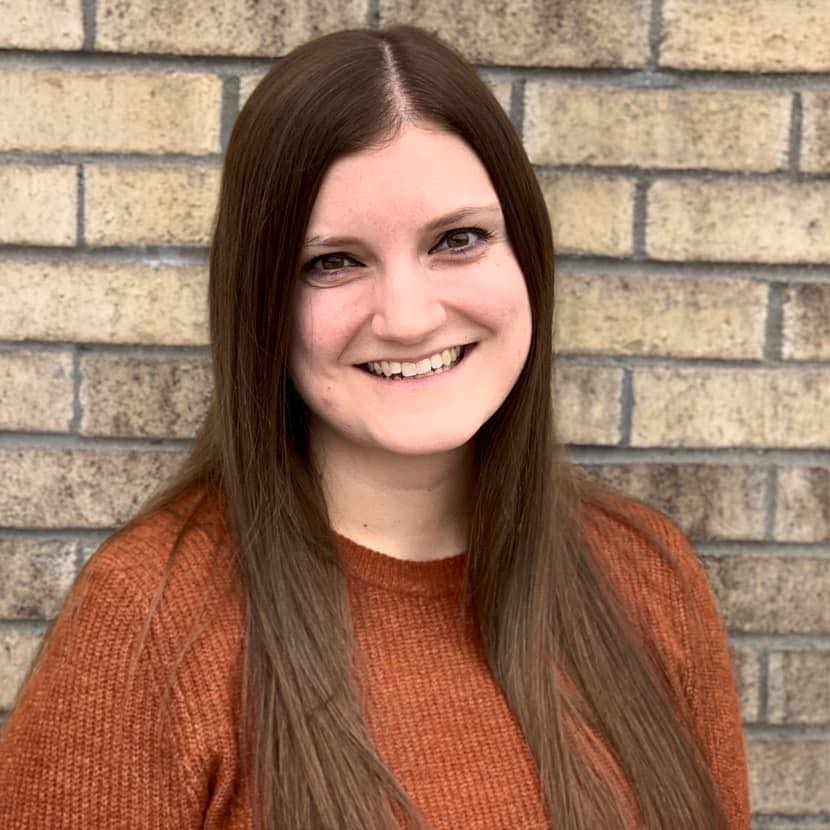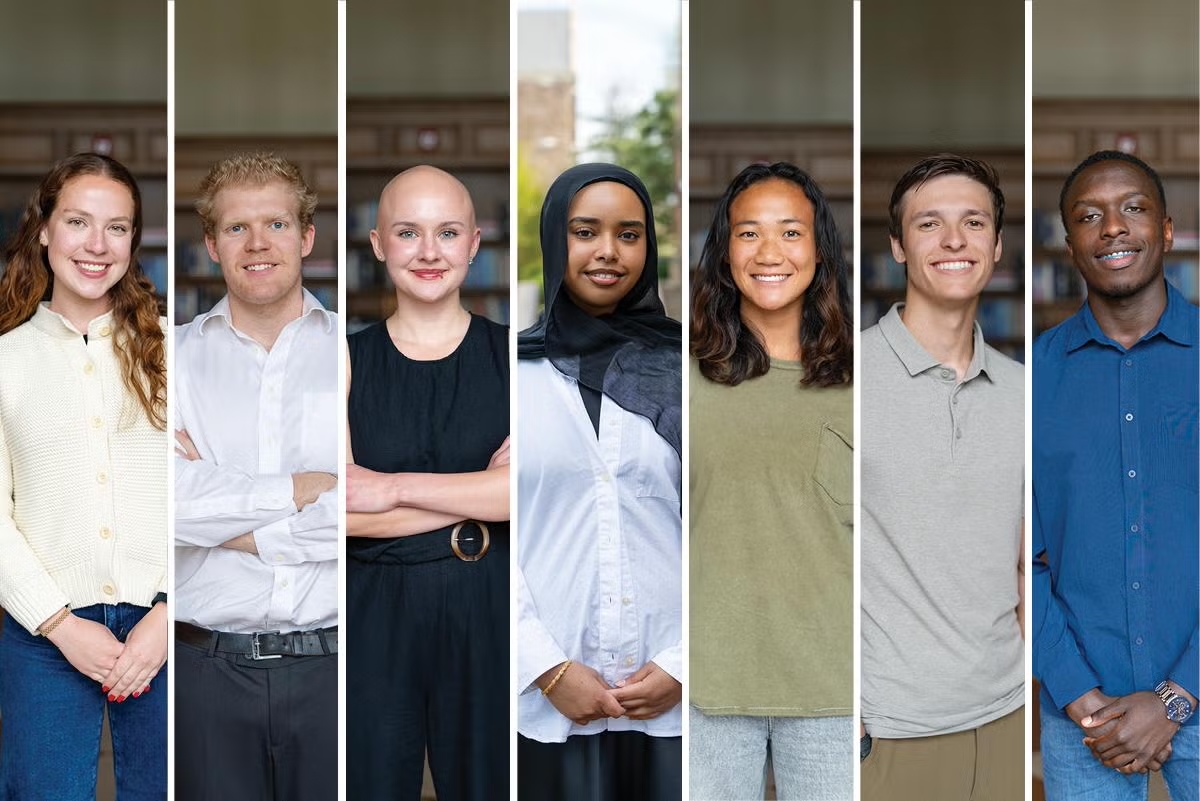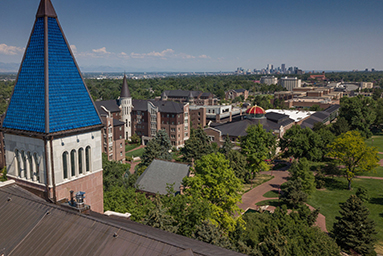Move, Learn, Lead: The Power of DU’s Kinesiology and Sports Studies Program
Students in one of the fastest-growing undergraduate majors are redefining what learning looks like—combining natural and social sciences and art with hands-on learning and real-world experience.

When Eli Billings (BA ’25) first stepped onto the University of Denver campus, he wasn’t sure what he wanted to study—but he knew he didn’t belong behind a desk.
He enrolled in an Olympic weightlifting and powerlifting class and, once a week, he traded lectures for lifts. That’s when the wheels started turning.
He was drawn to kinesiology, the study of human movement and physical activity, because it combined his passion for fitness with science and real-world impact.
“I came in an undecided major, and that class was the one that got me hooked on kinesiology,” Billings says. “I love the idea of having an active job, because I just do not mesh well with spreadsheets.”
Billings had already transformed his own life through fitness, losing 60 pounds in high school while also working through performance anxiety in sports, and now he sees a path to helping others do the same.
With degrees in both kinesiology and sports studies and psychology, Billings has his sights set on a future in team-based strength and conditioning—and maybe sports psychology further down the road.
He’s one of many undergraduates who has majored in kinesiology and sports studies—a program offered through the Graduate School of Professional Psychology (GSPP). The program has grown rapidly: After launching a minor in 2021, student interest led to the addition of the major in 2023.
“Much of our growth is from existing students—those who try the classes, fall in love with the program, and then decide to minor or major in it,” says Kaela Walker, the program’s manager of student and academic services.
What began with just a handful of students in the minor has now grown to around 80 minors and more than 120 majors, says Brian Gearity, who is a GSPP professor, the associate dean for academic affairs, and the founder of the program.
“It’s a great combination of natural, social, and behavioral sciences,” he says. “There’s also a lot of engagement with the students. It’s not just being lectured to; we do a lot of activities to facilitate their development.”
The multidisciplinary Bachelor of Arts program focuses on the psychological, sociological, historical, and applied physiological and biomechanical aspects of sport, human movement, and the human body, as well as physical activity.
As faculty and staff hope to see the major continue to grow, here are four benefits of the program for students to consider.
Engage in a hands-on, active learning environment
Students who pursue the major or minor don’t sit in the classroom all quarter—they move. Many classes, like Foundations of Olympic Weightlifting and Powerlifting, combine classroom theory with physical practice, providing a direct connection to the material.
“I think one of the things we pride ourselves on in this program is providing opportunities to learn applied skills,” Teaching Assistant Professor Carwyn Sharp says.
Other hands-on courses include Resistance Training and Strength and Conditioning Methods; Strength and Conditioning Coaching; and Athletic Nutrition.
Sharp also teaches a sports science course featuring guest lecturers from the industry. Past speakers have included the vice president of high performance at Ultimate Fighting Championship (UFC), the head of high performance at a professional sports team, a vice president of product development at a major shoe company, and college strength and conditioning coaches.
Pursue a wide range of career paths
Whether students want to work directly with athletes, lead wellness programs, or continue into clinical practice, the program equips them with skills to follow multiple directions.
Teaching Assistant Professor Sara Campbell says many students are interested in pursuing a physical therapy track after earning the degree.
Embrace industry connections and real-world experience
Internships are built into the curriculum to ensure students can apply their learning in professional settings.
Students have worked alongside trainers and coaches at high-performance gyms, college athletic programs, and national organizations like the National Strength and Conditioning Association (NSCA).
“The internships are a great opportunity for students to get on the ground and test out whether some of the knowledge they’ve obtained in the classroom can be used in real life and explore whether this is a career path they want to pursue,” Campbell says.
These experiences help students build confidence, develop career goals, and grow their professional network early on.
Connect science to real-life work with people and performance
Students learn how to translate data, theory, and research into practical strategies that help people move, train, and live better.
The program blends disciplines like biomechanics, physiology, and psychology to explore how the body and mind work together. It's the kind of learning that feels immediately relevant—especially for students who want to make a difference in others’ lives.
As the program continues to grow, Gearity hopes to expand offerings to include a Bachelor of Science degree and develop new facilities focused on integrating exercise and sports science research with practical application—what he calls an “exercise and sports science research-to-practice facility.”





